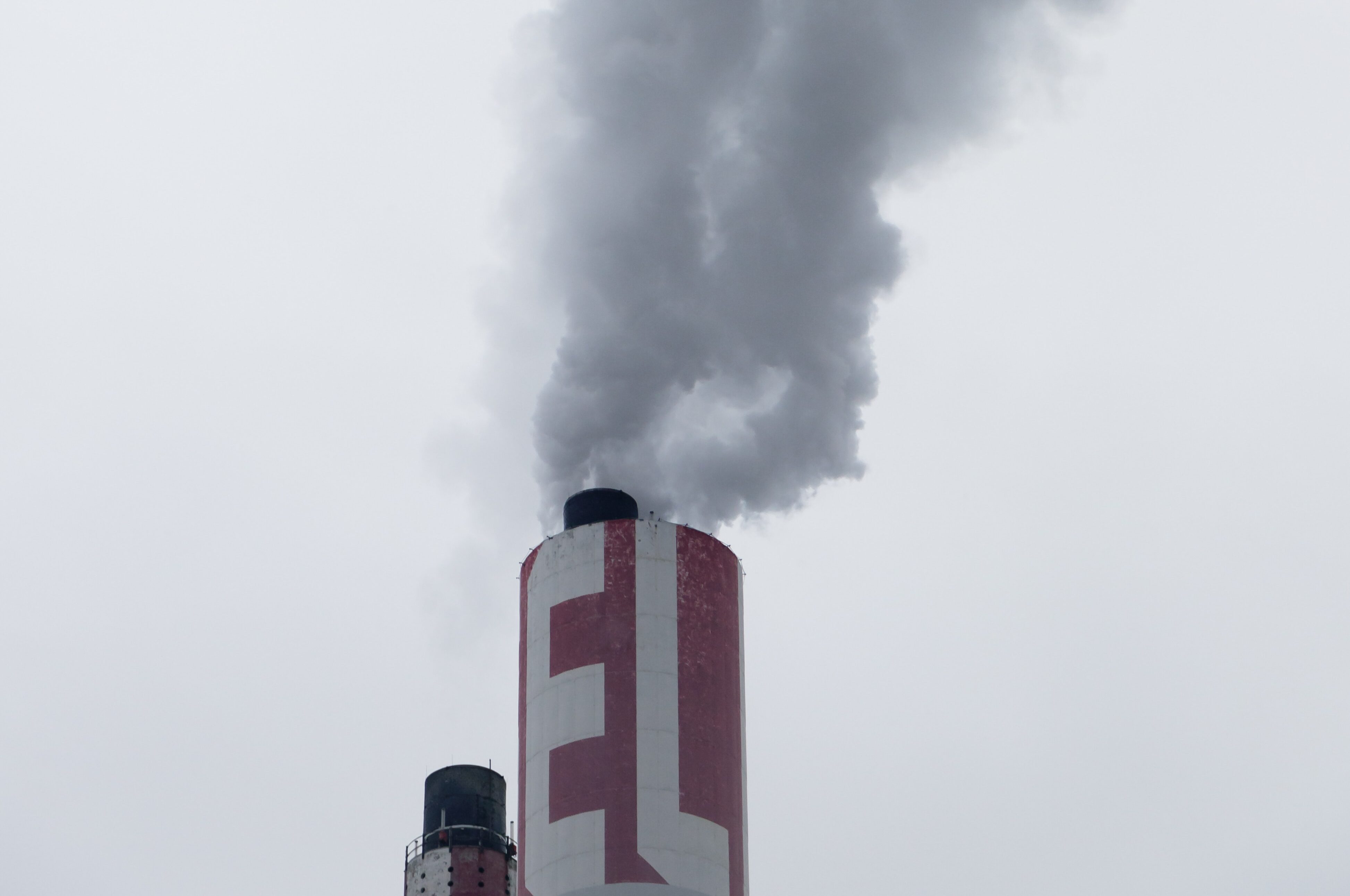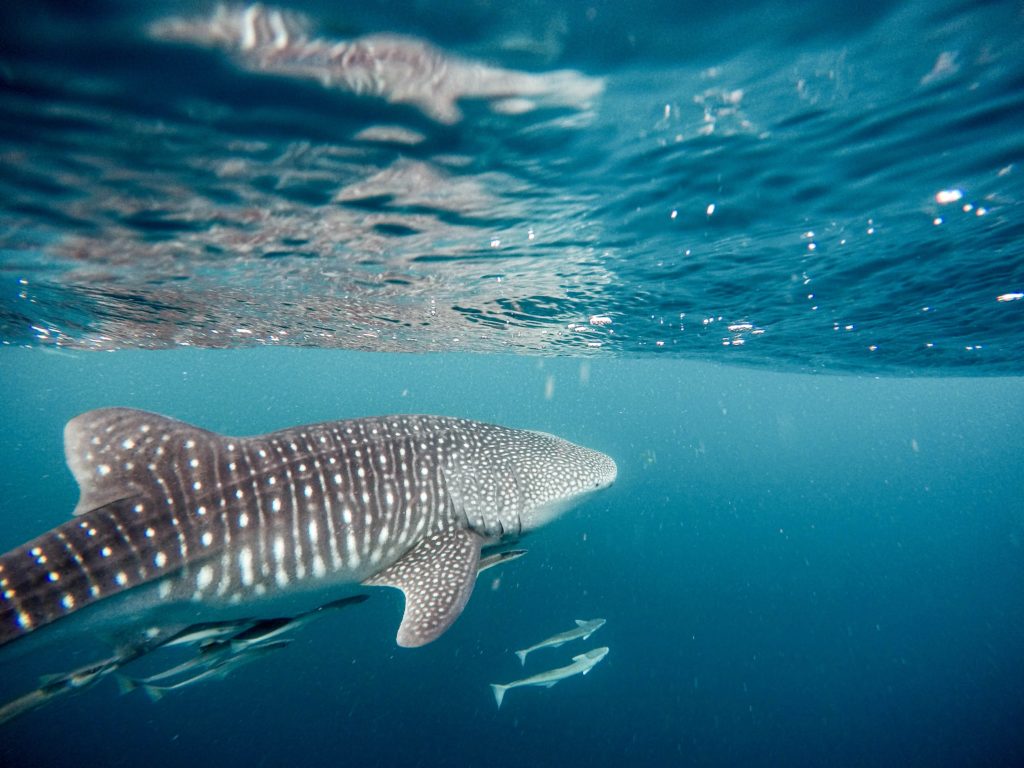Europe wants to be the world’s first climate neutral continent. In March 2020, the European Commission will propose a law committing the EU to net zero greenhouse gas emissions by 2050. How will it get there? Current policies will only achieve a 60% emission reduction by 2050.
On 11 December 2019, the new European Commission released a “European Green Deal” that will define its entire mandate. At its heart, is the net zero goal. But it is more than just a climate policy. Commission officials say the Green Deal will define their entire five-year mandate, including policies for growth, jobs and competitiveness.
In the Green Deal, the Commission says it will revisit existing emission reduction policies, from CO2 standards for cars to the European carbon market. But emissions can never be reduced to zero. If Europe wants to be climate neutral in 2050, it will have to suck CO2 back out of the atmosphere.
1. Every scenario for limiting global warming to 2 degrees Celsius, never mind 1.5, requires reabsorbing some of the CO2 already out there.
Carbon removal can serve one of two purposes. It can make up for “residual” emissions that persist in 2050 and it can help us claw back from an overshoot of the mid-century goal.
Residual emissions are most likely to come from agriculture, that is cows, and some from transport, especially aviation, and heavy industry. An overshoot also looks likely right now: even if all signatories of the Paris Climate Agreement implement their emission reduction pledges, global emissions in 2030 will be over 50 gigatonnes, or twice what they should be to limit global warming to 1.5 degrees Celsius.
The question is not whether removals are needed but how much and what technologies could deliver them.

2. Forest measures, biomass power plants with carbon capture and storage (BECCS) and direct air capture with carbon capture and storage (DACCS) are the three top CO2 removal options.
There is no shortage of ideas on how to suck CO2 back out of the atmosphere, but most of them are far from commercial reality. There are also issues of scale and permanence to think about.
Massive afforestation (tree planting) and BECCS are the removal options that have dominated the models of the International Panel on Climate Change (IPCC) and EU to date.
Forests can store large volumes of carbon at relatively low cost, but for how long? Just think of the recent Amazon fires and concomitant re-release of CO2.
Large-scale BECCS would be highly land- and water-intensive – it needs huge quantities of plant material to burn – with the additional challenge of CCS. CCS has yet to be proven at commercial scale and win public acceptance in Europe. Its future here depends on two flagship projects: Porthos at the Port of Rotterdam in the Netherlands and Northern Lights in Norway. The latter could be the first example of BECCS. Both projects will hear in 2021 whether they get the national and European subsidies they need to proceed.
DACCS is the new kid on the block. It means literally absorbing CO2 directly from the air. But it is very expensive (US$600-1000 per tonne of CO2 captured; for comparison the EU carbon market price is currently around €25 a tonne) and even more energy-intensive than BECCS. Scientists estimate large-scale DACCS deployment could eat up a third of the world’s future energy demand (versus a fifth for BECCS).
There are other options out there, notably biochar (partly burned biomass that can be spread on soil to lift its CO2 content and fertility), enhanced weathering (crushed minerals that can be spread on soil, again to lift its fertility as well as CO2 content) and ocean fertilisation (the addition of micro-nutrients like iron to the ocean to trigger algal blooms that eventually end up in part in ocean sediments).
But these options come with far greater uncertainties around their realisation and effects.
Farmer-managed tree regeneration
An example of a forestry initiative that is working well is the Farmer Managed Natural Regeneration (FMNR) programme pioneered by Tony Rinaudo in Niger and now spreading around the world via NGO World Vision. Rinaudo won an alternative Nobel Prize, the Right Livelihood Award, for his work in 2018. FMNR means restoring trees from stumps, roots and seeds already in the soil. It improves soil fertility and livelihoods as well as storing carbon.
3. Different removal options are not cumulative – one option may exclude another – and CO2 use is not the same as CO2 storage.
It’s obvious when you think about it: if you want to preserve a lot of forest you will have less land available to grow energy crops for BECCS, for example.
One challenge for a heavily forested country like Finland, which leads Europe’s climate neutrality charge with a target date of 2035, is also finding an optimal balance between storing carbon and using it, for example in paper, fuel or bioplastic production. In some cases, storage and use overlap, but not always.
An international coalition of scientists published an analysis of the top ten uses of CO2 in science journal Nature in November 2019. They looked at how CO2 can be bound up in chemicals, fuels and building materials as well as BECCS and forestry. They examined over 11,000 peer-reviewed papers. Each of their ten options could bind at least half a gigatonne of CO2 a year in the long run, they conclude, but in fuels like methanol – a potential alternative to petrol – it would be stored for just a few weeks versus centuries in wood used for construction.
4. CO2 removal is starting to appear on the policy agenda and is likely to become highly politicised.
It is not explicitly referred to in the European Green Deal, but this does reference many elements that pertain to it, including agriculture, forestry, CCS, building materials and carbon-neutral products.
At a conference in Brussels on 4 December 2019, a director for climate action at the European Commission, Artur Runge-Metzger, said: “Over the coming years we will push forward a lot of work to make sure we have certified CO2 removals… in time to help us achieve our 2050 goal.”
Scientists say that carbon removal technologies need to start scaling up rapidly from 2030 to reach 5 gigatonnes of removals a year by 2050.
Runge-Metzger said the EU is starting the carbon removal discussion in agriculture. The Commission plans to issue a new “farm to fork” strategy in spring 2020 that “will strengthen farmers’ efforts to tackle climate change”. There will also be a new EU forest strategy. Next, it needs to define what counts as removal and storage.
Carbon removal will be a political fight. Different countries will have different levels of residual emissions depending on the make up of their economies. Take a country like Ireland. Who – country or sector – will go net negative so that Ireland can keep its many farms? Candidates range from Sweden, which is already thinking about going net negative, to a utility – the power sector is decarbonising fastest.
5.You can already engage in CO2 removal today, as an individual or as a company.
In April 2019, a start-up called Puro.earth started trading in carbon removal certificates. One certificate represents one tonne of carbon stored in one of three ways: carbonated building elements (basically, concrete without the cement), wood (for building) and biochar (this is often used in city landscaping).
Puro.earth is incubated in Finnish energy company Fortum. It auctions off its certificates – which are verified by a third party – every two months. They sold for an average of €23 a tonne at its last auction in December 2019. Buyers to date include Chooose, a Norwegian company that offers business and citizens subscriptions for carbon removal.
For everything you buy and do, you can ask yourself this question: is there a way of making this product, service or activity carbon-negative?
6. CO2 removal is not a substitute for CO2 reduction.
Carbon removal was taboo for a long time because climate policymakers and campaigners feared it would be used as an excuse to ease up on emission reduction policies.
Emission reduction was and always will be the priority. The question is to what extent we are prepared to accept greater lifestyle change now for lower removals later. Ultimately culture and values, more than science, will determine which decarbonisation pathway we embark on – and the future of our planet.


